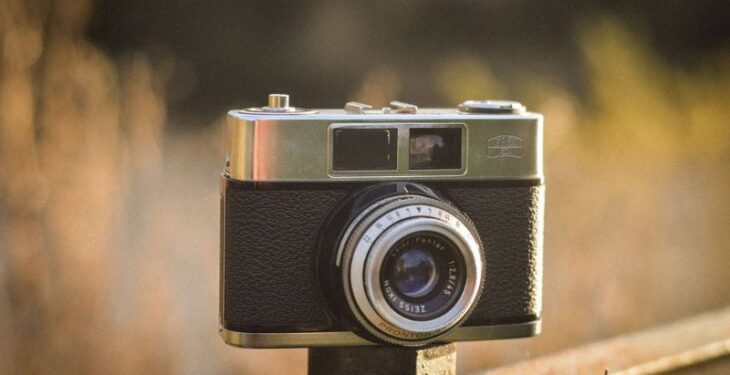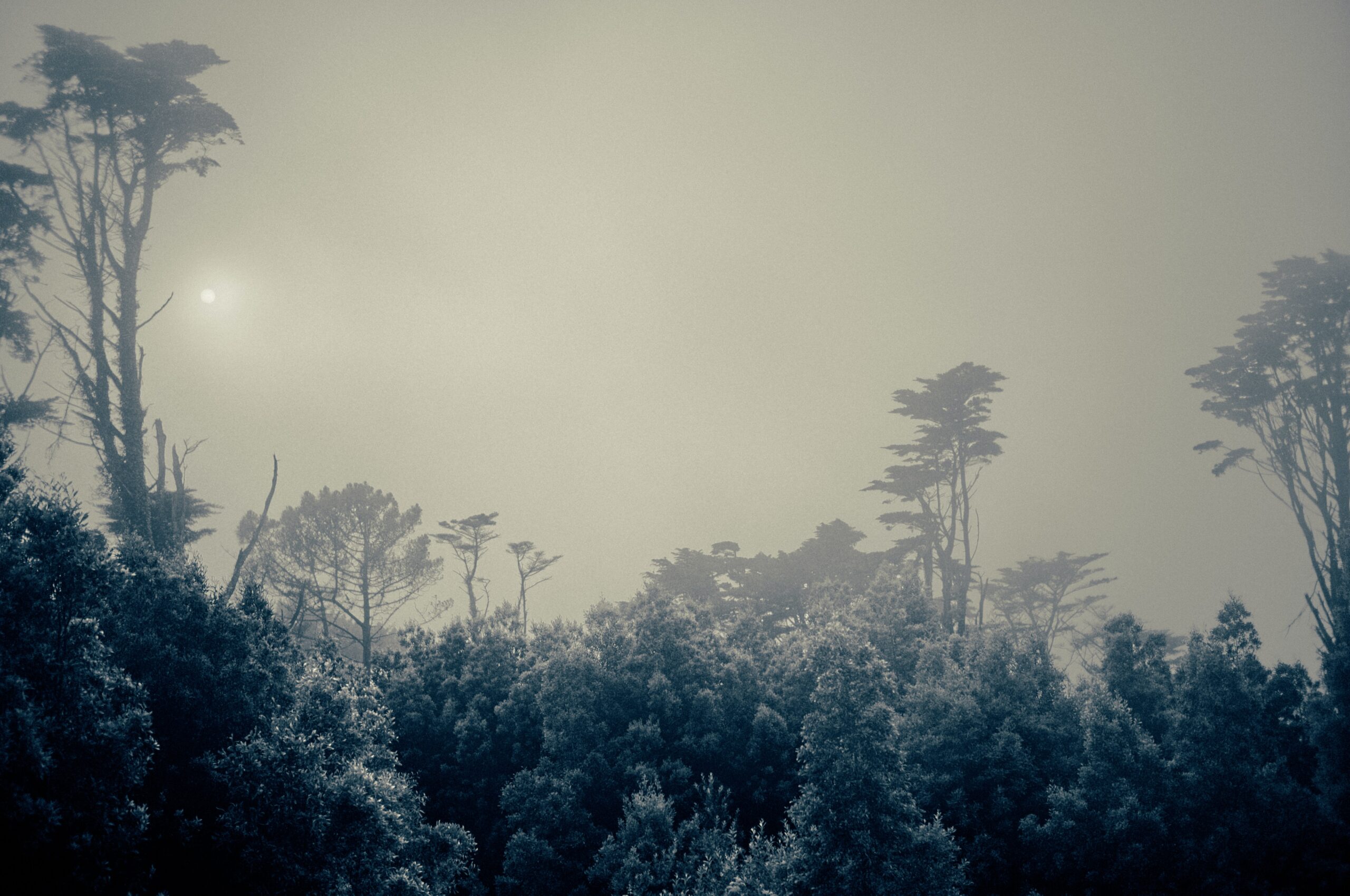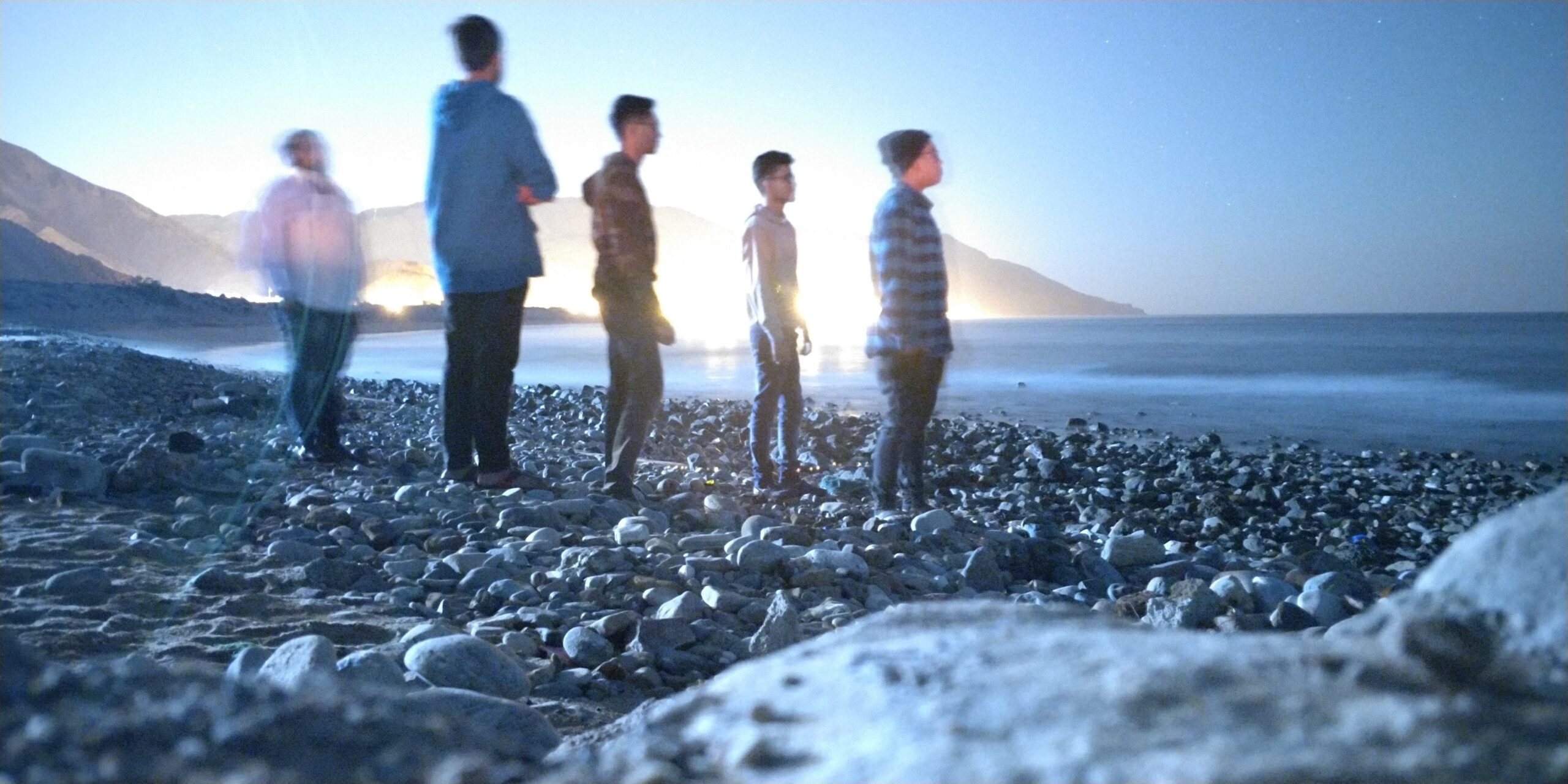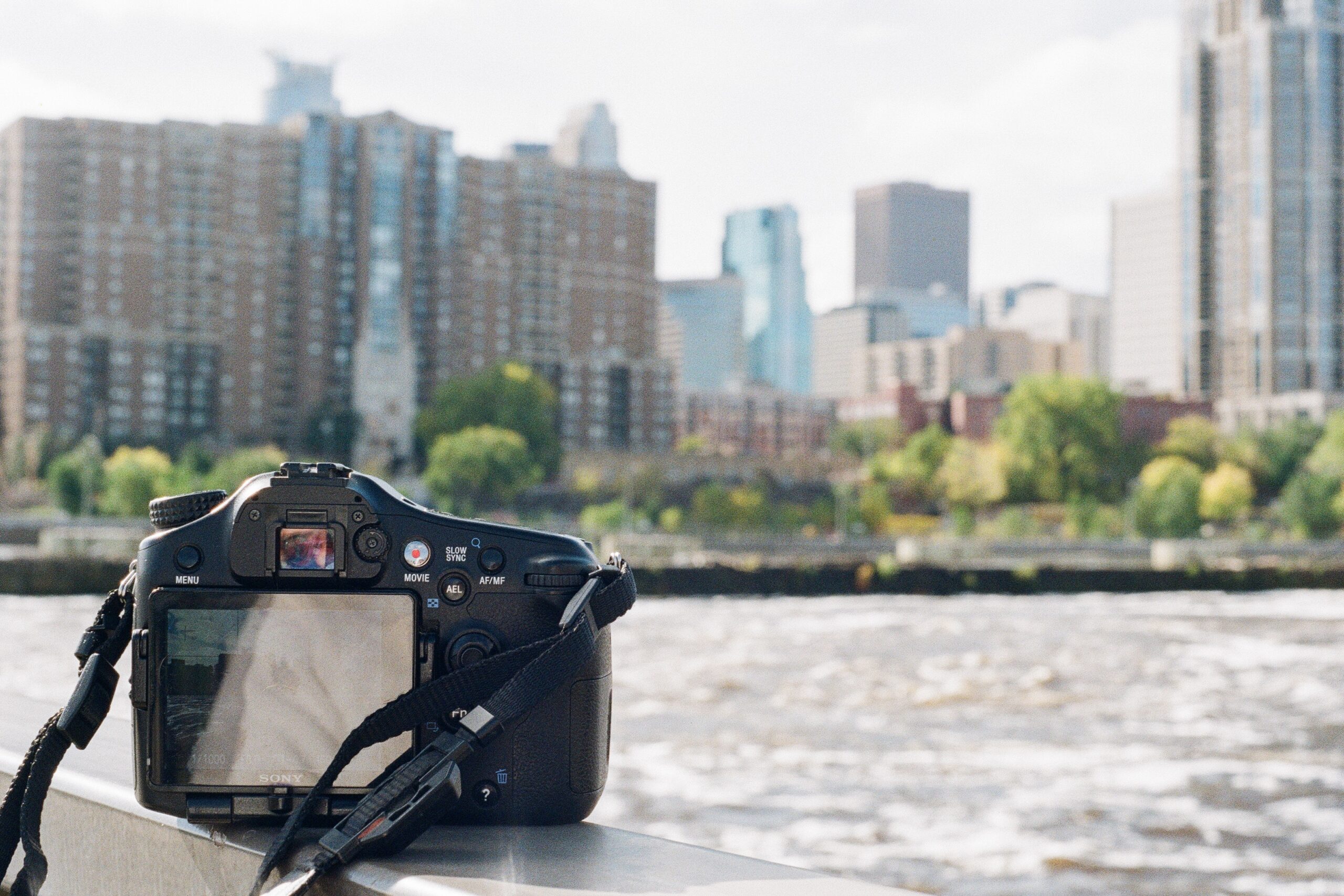Digital noise in photography is an image defect that consists of chaotically scattered pixels of random color and brightness throughout the image that do not correspond to the registered light. It can “kill” any photo. With the best photo editor for denoise photos Luminar Neo, you can fix any defects in the picture. Noiseless AI will help you do this quickly and easily. This is the simplest way, but below we’ll tell you about two more that may help you.
The leading causes of noise are:
- ISO sensitivity;
- Shutter speed;
- Pixel density (sensor cell size). The optimal size is between 6 and 11 microns. In compact cameras the cells are between 3 and 5 microns, which results in a high level of noise;
- Sensor manufacturing technology. In general, CMOS sensors generate more noise than CCD sensors;
- As well as the technical parameters of the matrix (defects of the silicon crystal lattice, impurities, non-functioning pixels, etc.).
In color photographs, noise has a different intensity in each color channel, which gives it a specific color. The color noise of an image can be amplified during processing, by changing the color balance and adjusting the white balance. For example, the noise in a photo taken under incandescent light has predominantly yellow-blue tones, but by correcting the blue channel of the image, to compensate for the yellowing of the picture, the blue noise will increase.
The noise appears in monochrome areas, in gradations, and is especially noticeable in the dark regions of the image when it is brightened.
Depending on the nature of the occurrence of digital noise in the color channels, a distinction is made:
- Luminance digital noise;
- Chromatic digital noise;
- Noise occurs at slow shutter speeds.
Depending on the pattern of occurrence of digital noise is distinguished to:
- Constant;
- Random noise.
Permanent noise occurs in the same place from photo to photo due to overheating of the sensor during long exposures (“hot” pixels), as well as with “broken” pixels. It depends on the camera sensor.
To determine the location of “hot pixels” of constant digital noise in a photo, you can do the following experiment: at maximum ISO, 30-second shutter speed, and with the closed lens, press the shutter release. The result is a “star sensor” of the camera.
“Broken” pixels are visible in bright areas of photos (e.g., the sky) as black dots. But do not confuse “broken” pixels with dust!
Accidental digital noise in photos appears as brightness and chromatic digital noise.
How do remove digital noise?
Adobe Photoshop
The dialog window presents two modes of the filter:
- Basic – sets the parameters for removing noise from all channels equally.
- Advanced (Advanced) – there is an opportunity to set the parameters of noise removal in each channel individually (Per Channel) and the setting is similar to the Basic – (Overall) mode.
The Strength parameter adjusts the degree of brightness (tone) noise reduction in all channels.
Preserve Details allows you to preserve some detail in the image. But the higher the value of the parameter, the less noise is removed. The parameter’s value is determined experimentally, depending on the original image and the Strength parameter.
The Reduce Color Noise allows you to reduce the level of chromatic noise.
Sharpen Details allows you to sharpen the image.
The Remove JPEG Artifact option masks the JPEG artifacts that occur during JPEG compression.
Adobe Camera Raw
Adobe Camera RAW is a plug-in that lets you process image files before opening them directly in Adobe Photoshop. It was designed specifically for the RAW format in which most professional digital cameras save photos.
If the source file is not in RAW format, but, for example, JPEG, then Photoshop has a feature that allows you to open the image in Adobe Camera RAW File – Open As (File – Open As)– select Camera RAW – select the File – Open.
In order to remove noise from the photo, it is necessary to go to the Detail tab. In the column Noise Reduction, it is necessary to raise Luminance to the level when the noise begins to disappear and to lower it to the minimum Luminance Detail, with the subsequent rise for revealing of small details. Similarly with Color, Color Detail.
The Luminance parameter adjusts the level of brightness noise suppression.
The Luminance Detail parameter adjusts the noise suppression threshold. A lower value gives a cleaner result, but with noise, the details disappear too.
The Luminance Contrast parameter adjusts the brightness contrast on the border between light and dark areas. Lower values give better results in noise reduction, but at the same time, lower contrast and a more blurred image.
The Color parameter adjusts the level of chromatic noise suppression.
Color Detail adjusts the chromatic noise suppression threshold.
Conclusion
As you can see it is very easy to get rid of noise with post-processing. We recommend setting the ISO sensitivity to a lower value, using a tripod, and taking RAW photos.









